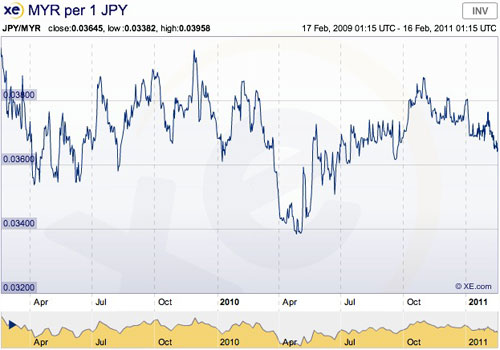
Perodua unveiled at a Chinese New Year media luncheon this week that its next car – likely to be the Myvi replacement that we’ve been sighting lately – could very well carry a higher price tag thanks to higher import costs, but will also have new features. One such new feature is speculated to be a larger engine like the one in the 1.5 litre Perodua Alza.
According to Perodua managing director Datuk Aminar Rashid Salleh, a stronger Yen to Ringgit exchange rate has affected the price of components from Japan. Perodua however knows that it is in a segment that is price-sensitive and will try to keep its cars affordable for the common people.
While a lot of Perodua parts have been localized, there are still some components that are imported from Japan. The Perodua Myvi currently has a local content of 80%, and the latest Perodua Alza has the highest localization rate so far of nearly 90% local content.
I am guessing the price point of the various top of the line Myvis especially the ones with the larger 1.5 litre engines will definitely move upwards, but the baseline and medium line models should remain largely about the same price as the current Myvi perhaps with a RM1,000 to RM1,500 price difference. The new car should be launched this year.
Looking to sell your car? Sell it with Carro.


















AI-generated Summary ✨
Comments mostly focus on the pricing and perceptions of the new Myvi replacement, with many expressing concerns about it being overpriced for the features offered, especially since it appears similar to the current model. Some praise the car's reliability and low depreciation, while others criticize its design, handling, and quality issues. Several comments debate the impact of import taxes and government policies on pricing, with some suggesting that the local cars are overpriced due to high taxes and lack of international quality standards. There’s also discussion on the competition from other brands and skepticism about whether the new model justifies a higher price, as well as opinions about potential market reactions and consumer choices. Overall, sentiments are mixed but lean toward skepticism over value for money.